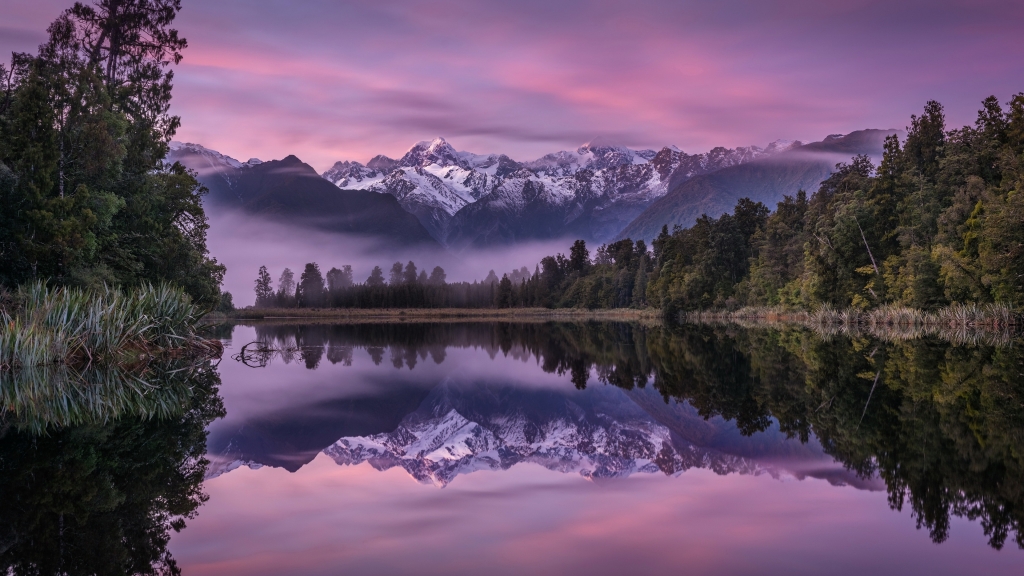Cutting Edge Creativity: Transform Your Footage into Cinematic Masterpieces
Cutting Edge Creativity: Transform Your Footage into Cinematic Masterpieces
Blog Article

In a world where visual storytelling has become paramount, the art of video editing stands at the forefront of creative expression. With the advent of advanced technologies and software, anyone with a passion for storytelling can transform raw footage into stunning cinematic experiences. Whether you are a budding filmmaker or a content creator eager to elevate your online presence, mastering video editing can unlock new dimensions of creativity and engagement.
The magic of video editing lies in its ability to weave together moments, emotions, and narratives into a seamless tapestry that captivates audiences. From crafting compelling trailers to producing engaging vlogs, the possibilities are limitless. By harnessing the power of innovative editing techniques, you can breathe life into your projects, ensuring that every frame resonates with your viewers. As we delve into the realm of video editing, prepare to discover the tools and strategies that will help you turn your visions into cinematic masterpieces.
Essential Video Editing Techniques
Video editing is a vital skill for anyone looking to tell a compelling story through visual media. One of the foundational techniques is cutting, which involves selecting the most engaging parts of your footage and assembling them in a coherent sequence. By mastering various types of cuts, such as jump cuts, match cuts, and fade-outs, editors can create a dynamic flow that keeps viewers interested. Knowing when to cut and how to manipulate timing can significantly impact the pacing of your final product.
Color correction is another essential technique that enhances the overall visual appeal of your footage. By adjusting exposure, contrast, and saturation, you can bring out the desired mood and tone of your video. Utilizing tools such as color wheels and LUTs can help create a consistent look across different clips, making your project appear more polished and professional. Learning color grading techniques not only improves aesthetics but can also evoke specific emotions from your audience.
Finally, sound design plays a crucial role in elevating video editing. Good audio can enhance the quality of your visuals, while poor sound can detract from even the best footage. Incorporating background music, sound effects, and ensuring clear dialogue through proper mixing and leveling can greatly improve the overall experience. By giving equal attention to sound as you do to visuals, you create a more immersive and cinematic effect that captivates your viewers.
Tools for Transformative Editing
When it comes to video editing, the right tools can elevate your footage from ordinary to extraordinary. Software like Adobe Premiere Pro and Final Cut Pro offers a wide range of features tailored for professional editors. These platforms provide advanced capabilities such as multi-camera editing, motion graphics integration, and color grading, allowing users to craft visually stunning narratives. For those new to editing, user-friendly options like iMovie or DaVinci Resolve can also produce impressive results without a steep learning curve.
In addition to traditional editing software, incorporating plugins and extensions can further enhance your projects. Tools like Magic Bullet Suite and Red Giant Universe offer creative filters, color corrections, and effects that can transform your footage in unique ways. These additional resources help to streamline your workflow, making it easier to apply professional-grade enhancements and allowing you to focus more on your creative vision.
Finally, investing in quality hardware can significantly impact your editing process. A powerful computer with ample RAM and a high-resolution monitor will ensure smooth editing, especially when working with high-definition footage. Moreover, utilizing external drives for storage can help manage your files efficiently, ensuring that your editing process is not hindered by technical limitations. With the right combination of software, plugins, and hardware, anyone can turn their raw footage into cinematic masterpieces.
Tips for Cinematic Storytelling
To create a captivating cinematic experience, start by focusing on the narrative structure of your footage. Establish a clear beginning, middle, and end to guide your audience through the story. Use techniques such as foreshadowing and character development to engage viewers and keep them invested in the outcome. Additionally, think about pacing; a well-timed reveal or emotional beat can significantly enhance the impact of your story.
Online Trim Video
Visual elements play a crucial role in storytelling. Experiment with framing, composition, and color grading to evoke the right mood for each scene. Utilize different camera angles and shot types to add depth and interest. Remember that lighting is just as important; dynamic lighting can create tension or highlight emotions, helping to convey the story’s themes more effectively.
Sound design is another vital aspect of cinematic storytelling. Use sound effects and music to complement the visuals and enhance the emotional weight of your footage. Ambiance can transport your audience into the world you’ve created, while a carefully chosen score or soundtrack can elevate key moments. Pay attention to the balance of dialogue, sound effects, and music to ensure your story is not only seen but also felt by the viewer.
Report this page